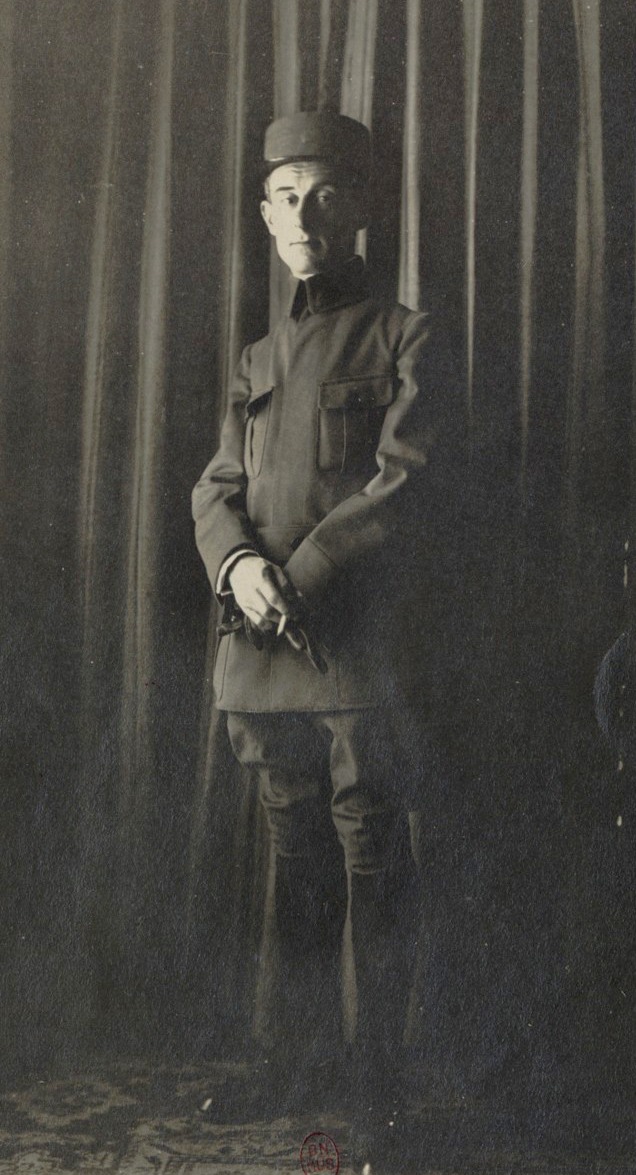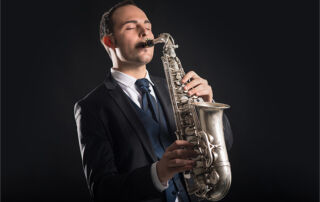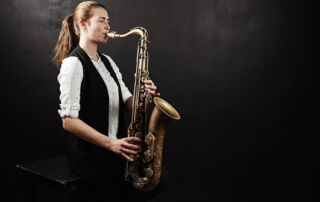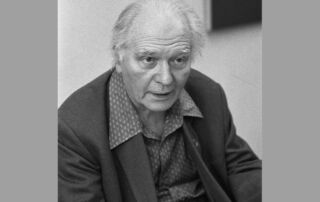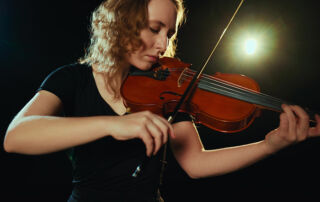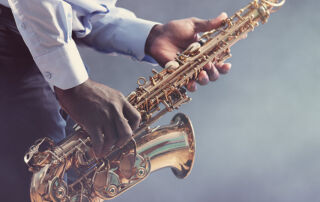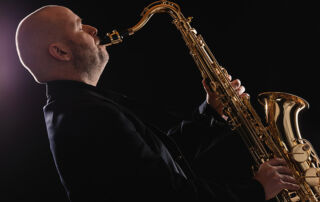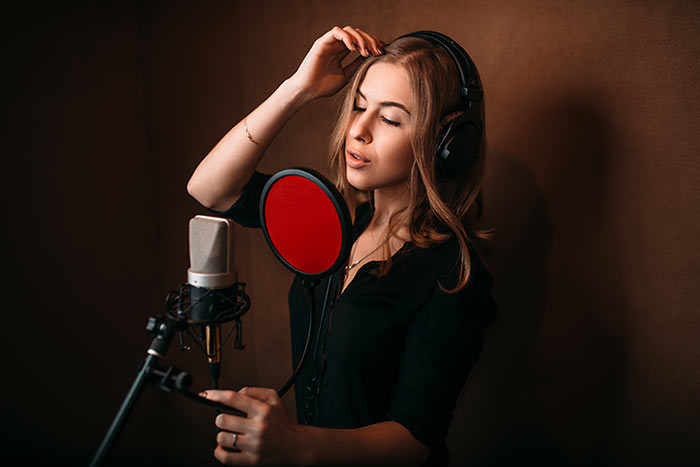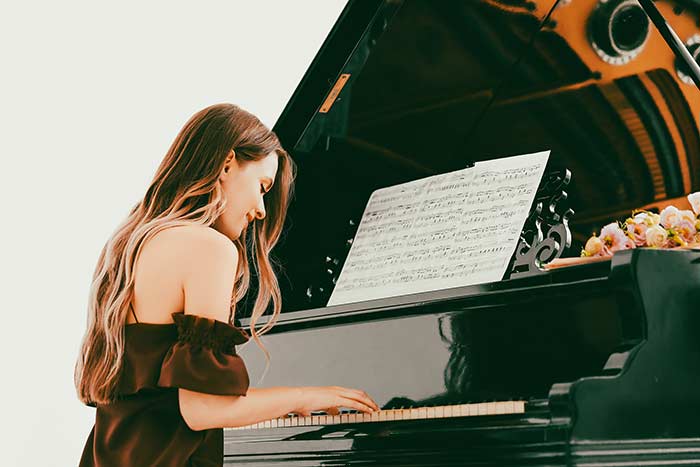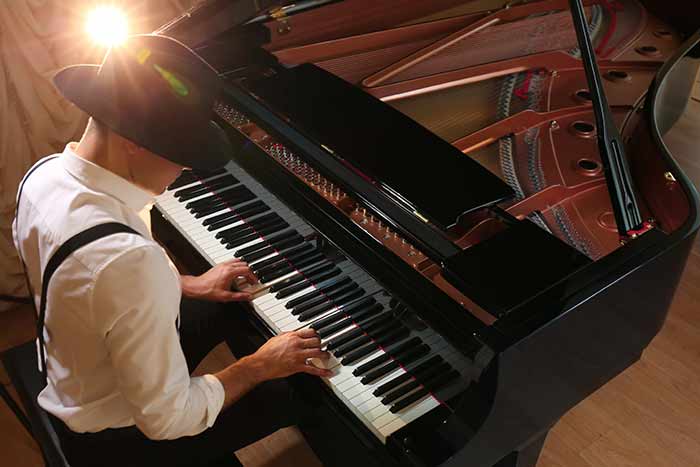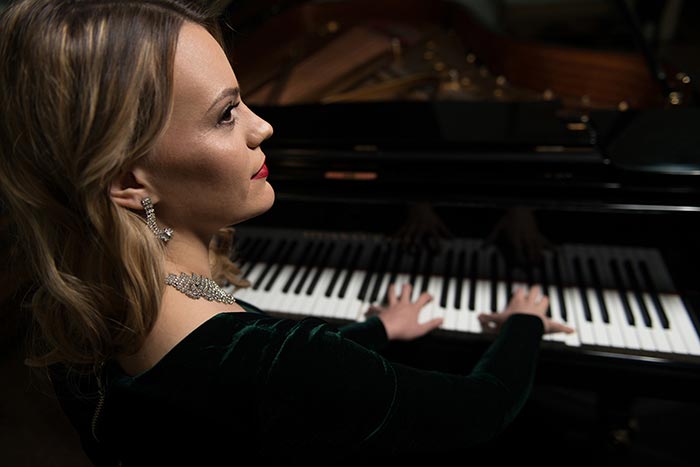Maurice Ravel is considered one of the greatest French composers of his time. Born in 1875 to a Swiss father and a mother of Basque origin, he lived most of his life in Paris before retiring to Montfort-l'Amaury. His persona embodies the contradictions of the late 19th century and early 20th century. Indeed, his music was deemed too modern by his contemporaries - take, for example, his numerous failures at the Prix de Rome between 1900 and 1905, which demonstrate his difficulty in conforming to the system (he refused the Legion of Honor in 1920) - but, at the same time, he didn't completely abandon formal and harmonic structures, setting him apart from Claude Debussy.
He began studying piano at the age of 7 and entered the Paris Conservatory in 1889 in the class of d'Anthôme, and in 1891, he joined Charles de Bériot's class. From 1897 onwards, he became a student of Gabriel Fauré. His life was very peaceful, except for the scandal he caused in 1905 when the Prix de Rome Commission rejected his application, using the famous quote: "Mr. Ravel may consider us as firefighters, but he will not take us for fools with impunity." Debussy, who was very critical of his colleagues, said about him, "a charming fakir who makes flowers grow around a chair." Ravel participated in World War I, but only as a truck driver due to his delicate health, until 1917, the year of his mother's death. The war experience served as inspiration for his work Le Tombeau de Couperin (1914-1917), which is composed of pieces dedicated to each of his companions who lost their lives in the war.
Ravel had a significant role in the United States when, during his 1928 tour - four months of concerts, interviews, and travels - he met George Gershwin and encouraged him to develop his own musical vision. An exchange between the two composers became famous, as Ravel told him, "You would lose the great spontaneity of your melody to write bad Ravel... Why would you be a second-rate Ravel when you can be a first-rate Gershwin?"
As for his compositions, if we take Gaspard de la nuit (1908) as an example, we can understand why he can still be considered a 'classical' musician, while using an innovative and equally revolutionary harmonic system. It is a piece divided into three parts, Ondine, Le Gibet, Scarbo, which requires great virtuosity, a mastery of sound and rhythm, but also an immense imaginative capacity.
Ravel indeed drew inspiration from the homonymous book by Aloysius Bertrand (1807-1841), which was rich in metaphors and fantastical imagery. When it comes to Ravel's piano works, it is interesting to read the written accounts by pianist Vlado Perlemuter (1904-2002); this pianist had met Ravel after studying and performing his entire piano repertoire, culminating in a complete performance in 1929. According to Ravel's writings, virtuosity was essential, but it should only be considered as a means to serve the musical piece. In Perlemuter's words, for Ravel, "Scarbo" was meant to represent a caricature of romanticism and its excesses, while remaining a perfectly structured composition. Perlemuter often mentions that when composing his piano works, Ravel always imagined the orchestral sound and the grandeur of a large concert hall. This connection to the orchestra is also evident in the fact that Ravel created many transcriptions of his works for orchestral performance. It's worth noting that Ravel also made a beautiful transcription of Modest Mussorgsky's "Pictures at an Exhibition," which is still performed today.
The last period of Ravel's composition is marked by a more composed, simple, and dry form, coinciding with the progression of his illness. We can certainly consider the Concerto in G major (1929-1931) as the culmination of his poetic and musical thought. It may seem surprising that Ravel, a magical distiller of instrumental colors who often pushed the performer's skills to the maximum, was only tempted by the solo concerto form in the final years of his activity. In an interview, Ravel introduced the Concerto in G by saying, "I actually believe that the music of a concerto can be joyful and brilliant and does not need to aspire to depth or aim for dramatic effects," and he added that he composed it in the spirit of Mozart and Saint-Saëns, two revealing names that reflect Ravel's anti-romantic stance and his preference for a clear and brilliant pianism. It is the central movement, the Adagio, that can be considered an example of this last period. The long, simple, chaste melody, without embellishments, is entrusted to the piano, with a stripped-down and essential orchestral accompaniment. However, Ravel finds solutions that only a genius like him could have discovered, such as the exquisitely delicate and tender intervention of the flute, which blends remarkably with the piano's melody. There are no words to describe the enchanted atmosphere, permeated with serene sadness, of this movement. This very long melody seems to be written in a single flow, but Ravel claims to have composed it with great pain, measure by measure.
Ravel is one of the greatest French musicians, his melodies and moods are perfectly recognisable because he was able to forge an incomparable style, contemporary in its time.

